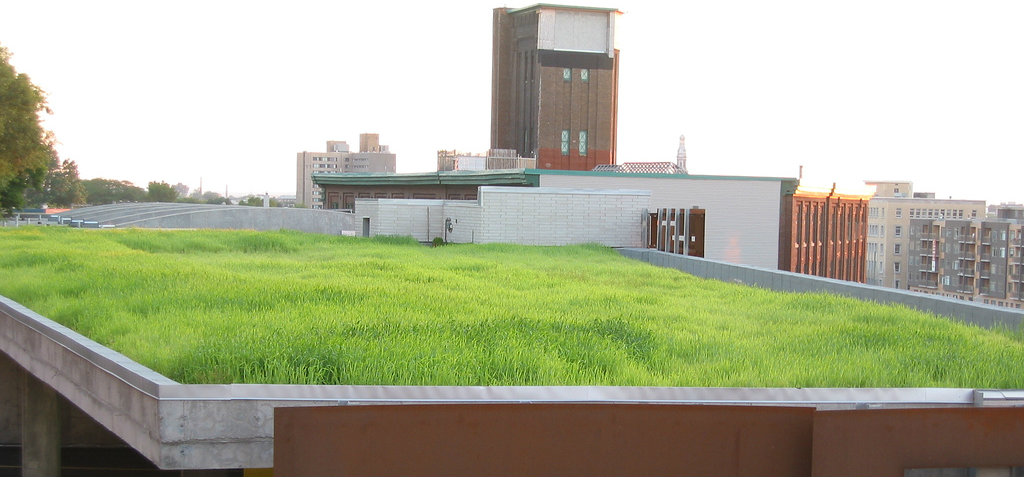
Jul









Green roofs - they do require more time, effort and investment, but they can make for an incredibly unique and beneficial final product.
When it comes to having a green roof, it’s worth remembering that it’s not an all-or-nothing scenario. You can have part of your roof comprised of a ‘green’ design or you can go the whole nine yards. It’s up to you - and it does, of course, depend on the nature of your roof.
Green roofs can be your traditional pitched roof, a flat roof, or something in between. The key to preventing water damage with a green roof comes thanks to the installation of a waterproof membrane. This allows rainwater to absorb into the vegetation and soil on your roof, but it won’t break through into the actual roof/sub-flooring.
However, as with any protective barrier, a waterproof membrane can break down over time, so you should check it from time to time for any signs of deterioration.
What you grow on a green roof is up to you. You can opt for grass, plants and vegetation, or even use it as a herb or vege garden. However, the more weight your green roof creates, the more fortified your roof frame needs to be. Having a roof with ‘green’ sections tends to work more effectively with flat roofs, particularly roof terraces. You can have it as a living space where a vege garden or green feature area occupies a certain portion of it.
Below are some examples of green roofs (both on pitched and flat roofs/roof terraces):


Photo credit: Flickr / Solylunafamilia
As you can see, green roofs can come in a variety of styles; though you can usually create more intricate or specific styles with flat roofs/roof terraces.
In terms of benefits, green roofs aren’t only good for the environment (increased expanse of greenery, vegetation, and even trees), but they’re also an effective insulation solution for your home. The thickness of the vegetation and the cooling effects of the soil help keep unwanted heat out, as well as ensuring heat in your home doesn’t escape as easily during the winter.
In larger cities (e.g. New York City), green roofs or roof terraces with garden areas are a popular way of accounting for the fact that green areas are otherwise restricted in such high-density living spaces.
BOOK A FREE
ROOF CONSULTATION











79 Cambridge Street, Coorparoo Brisbane QLD 4151
QBCC Lic. #1147373 Master Builders 64246